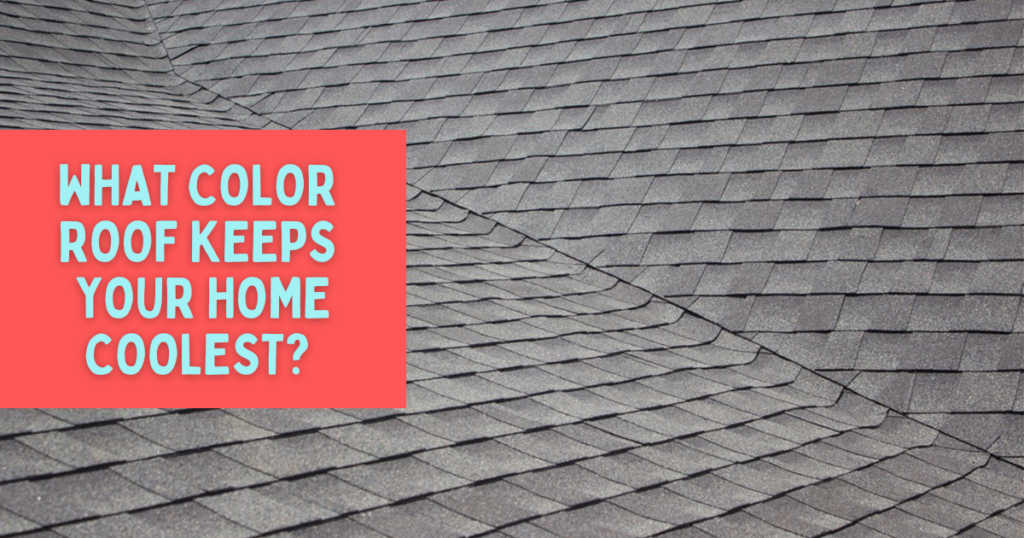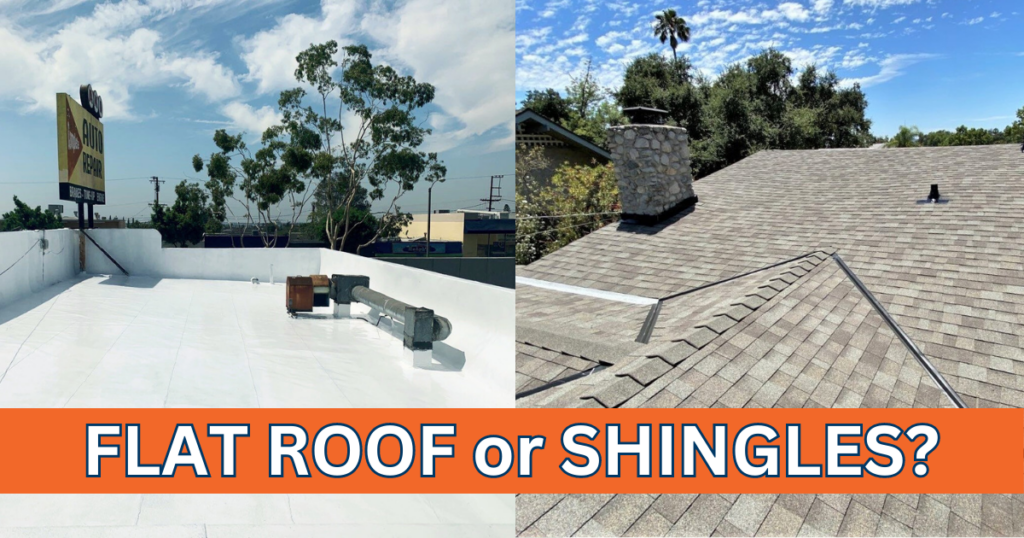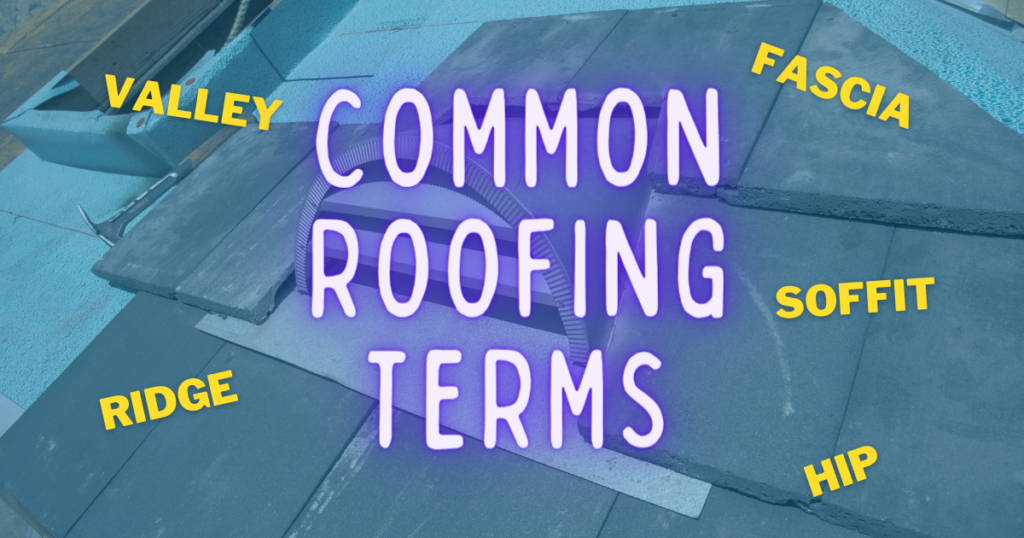
A trustworthy roofing company is a must-have when maintaining and repairing your roof. However, understanding the many technical terms related to roofing may be complicated for some homeowners.
Fear not! We offer a brief guide to some essential roofing terms. By familiarizing yourself with these terms, you’ll be able to communicate confidently with your local roofer and ensure your roof stays in top-notch condition.
Flashing
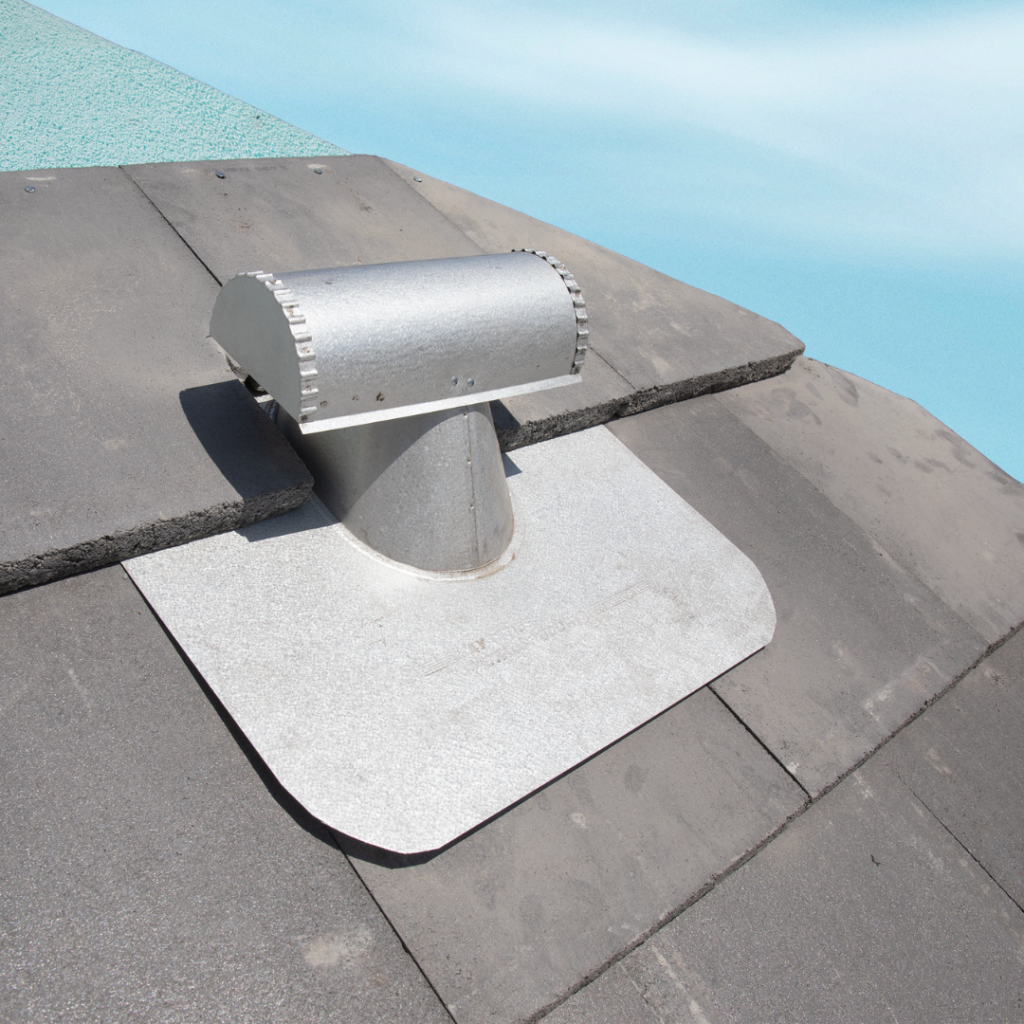
The flashing is like a superhero’s cape protecting your building from water leaks. Strategically placed around your roof’s chimneys, vents, and other vulnerable spots and made of galvanized steel, this thin metal sheet redirects rainwater and runoff away, keeping your interior dry and your wallet happy.
If you notice any changes in your shingles, such as darkening or bending, it could be a sign your flashing needs some attention. Ignoring it may result in a costly roof leak repair, so keep a vigilant eye. Remember, prevention is always better than cure!
But if you require a replacement or repairs, ensure you contact a trustworthy roofing company!
Ridge

The ridge is a horizontal line at the top of a roof where two sloping roof planes meet. Ridge shingles cover this angle. Ridge vents are products at the ridge that let warm, moist air escape from the attic or rafter cavity.

Soffit
A soffit is the finished underside of the eaves, installed beneath the fascia where a roof overhangs a wall. They can also be under balconies, arches, or overhanging roof eaves. Soffits protect the rafters from the elements and enhance the aesthetic appeal of a house.
Fascia
The fascia is a horizontal wooden board beneath your roof’s rain gutters. Its primary functions include providing support for the gutter system and enhancing the visual appeal of your home. Just watch for any signs of damage, such as peeling paint, as it could indicate underlying issues.
Frieze Board
This board is positioned at the uppermost part of a house’s finished wall, acting as a transition point and creating a corner with the soffit.
Gable

A gable is a triangular decorative feature at the top of a home’s sidewall, formed by roofs sloping in opposite directions.
Decking
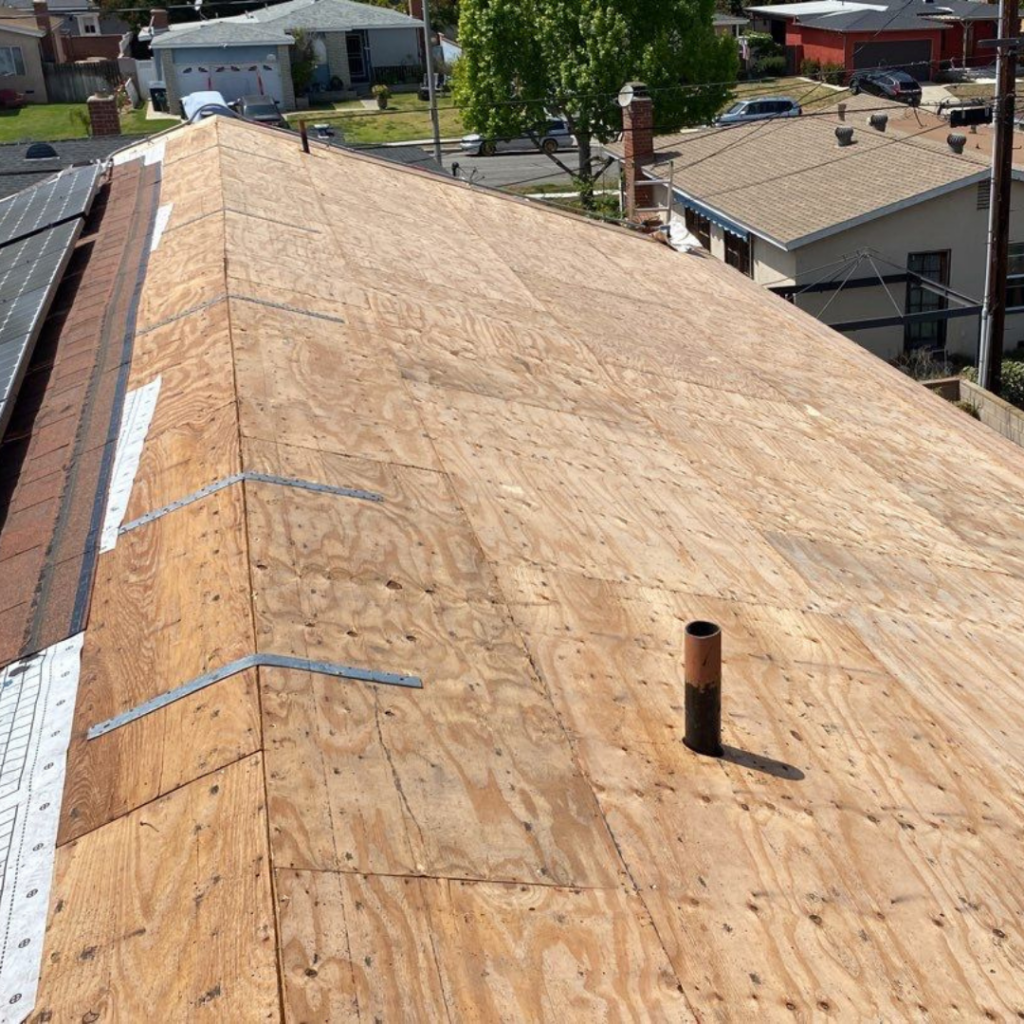
The roof itself gets built on top of this solid wood base, and covers gaps between structural supports.
Trusses

Engineered frames to help hold up the roof. It’s crucial to avoid changing the trusses once installed because they support the roof’s weight.
Hip

When two sloping roof planes come together at the sides, it forms an exterior angle. The meeting point is called a hip. You’ll need some extra shingles to safeguard this area.
Valley
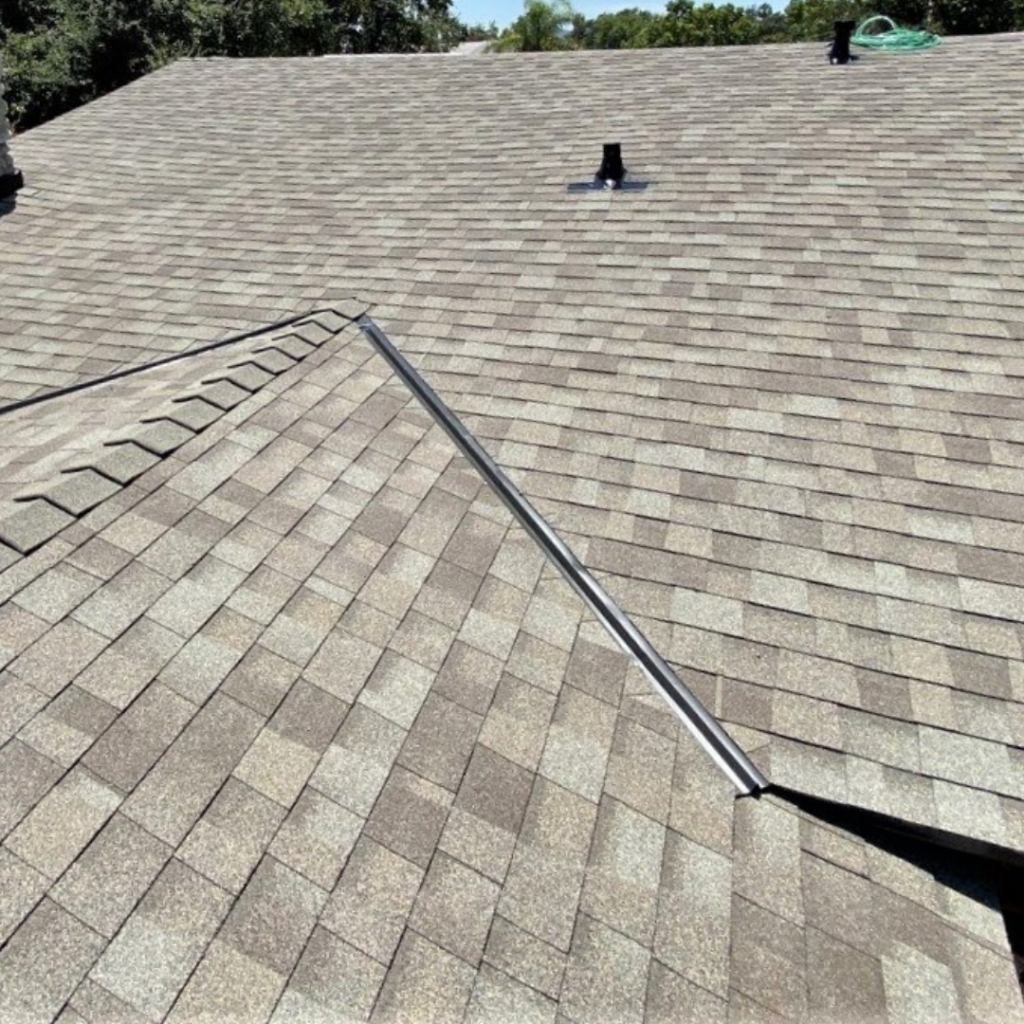
A valley in roofing is the V-shaped angle created by the meeting of two sloping planes. It serves the purpose of directing water down, ensuring proper drainage.
Drip Edge

This metal shield helps keep rainwater from damaging the roof’s edges. It protects wooden boards and should be corrosion-resistant.
Consulting Professional Roofing Contractors
Consulting professional roofing contractors is highly recommended if you require roof leak repair services. LA Roof Repair Specialist’s team will ensure the maintenance and longevity of your roof, saving you from costly repairs in the future.
And remember, familiarity with these roofing terms will help you communicate effectively with the experts so you may confidently discuss your needs the next time you interact with a licensed roofing company!

